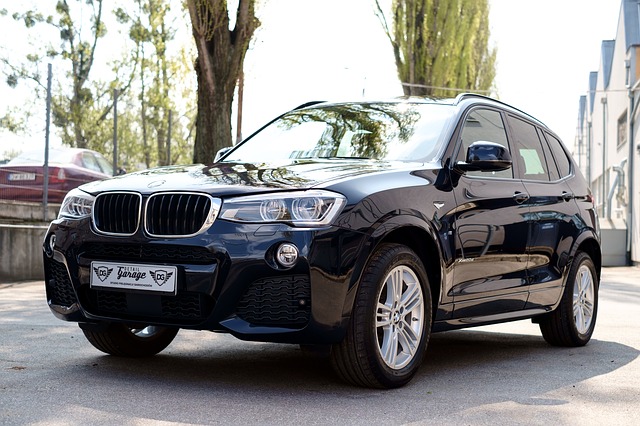
Slow Down in Stormy Weather
Most motorists remember from their driver’s test that they’re supposed to slow down in stormy weather conditions. It’s a safety rule that very few follow in a world where time is money and people are rushing to get to their next destination.
Failure to slow down during inclement weather can result in disastrous accidents that can even turn fatal. Rain poses several risks, depending upon how fast it’s falling and for how long. Oil and water don’t mix and that’s amply demonstrated when it first begins to rain.
Roadways become very slick and slippery as rain falls on pavement that has oil and gas residue on it, thereby significantly reducing traction. Reduce speed by one-third and allow for extra stopping room by increasing the following distance between vehicles.
Never slam on the brakes and always take turns slowly. Hydroplaning can occur whether it’s lightly raining or there’s a deluge. Rain will puddle on roads and it’s easy to begin skidding dangerously if the brakes are applied too vigorously.
Rain reduces visibility and headlights should be turned on. It enables drivers to better see other vehicles. A vehicle’s headlights also assist the driver behind the wheel to see potential hazards quicker.
Intermittent wipers are convenient, but many drivers don’t adjust them properly for the amount of rain that’s falling. Always set wipers so they provide a clear field of vision with no rain buildup in between swipes. Windy conditions are particularly dangerous for lightweight vehicles and those that have a high profile. Reducing speeds will provide drivers with more control.
Drivers in the U.S. can encounter roads that are wet, snow-packed and icy, depending upon their locale. On wet roads, reduce speeds by 5-10 mph. If the road is snowy, decrease speeds by about half. Slow down to a “crawl” on roads that are icy. Winter driving can be particularly hazardous since icy patches can hide underneath the snow. Motorists need to be proactive for their own safety and that of others.
For more information about how The Sena Group can help you with any
of your insurance needs, please contact us at 561-391-4661.
We can be found on Social Media at the following links.




